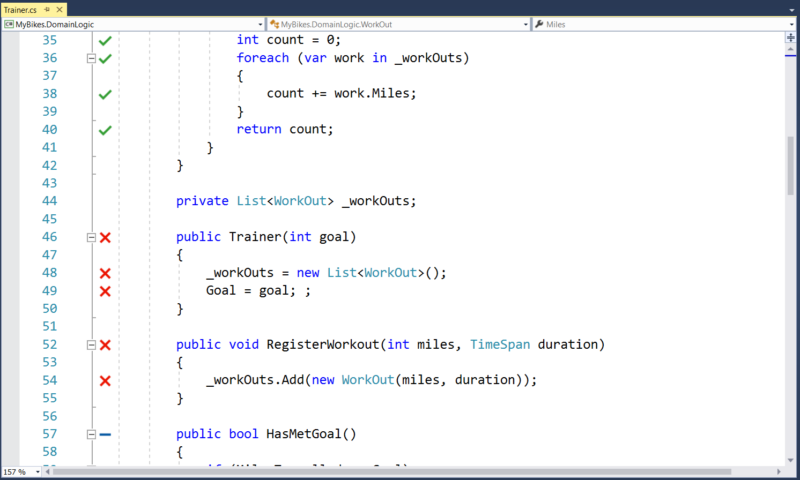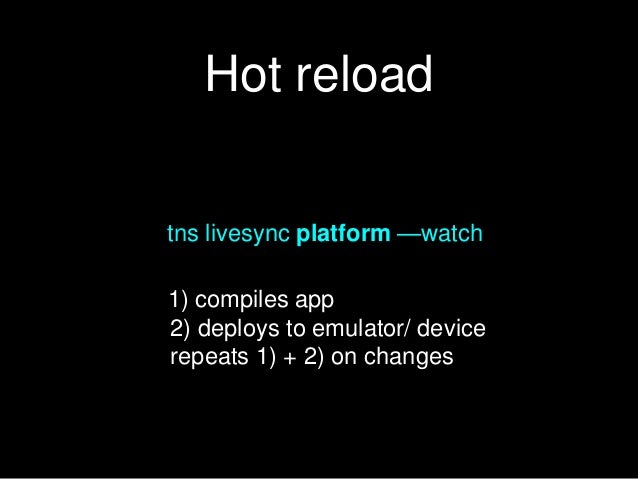Start Writing Unit Test With Visual Studio For Mac

Unit test your code. 2 minutes to read. Contributors. In this article Unit tests give developers and testers a quick way to look for logic errors in the methods of classes in C#, Visual Basic, and C projects.

The unit test tools include:. Test Explorer—You can run unit tests and see their results in Test Explorer. You can use any unit test framework, including a third-party framework, that has an adapter for Test Explorer. Microsoft unit test framework for managed code—The Microsoft unit test framework for managed code is installed with Visual Studio and provides a framework for testing.NET code.
Microsoft unit test framework for C—The Microsoft unit test framework for C is installed as part of the Desktop development with C workload. It provides a framework for testing native code. Google Test, Boost.Test, and CTest frameworks are also included, and third-party adapters are available for additional test frameworks. For more information, see. Code coverage tools—You can determine the amount of product code that your unit tests exercise from one command in Test Explorer. Microsoft Fakes isolation framework—The Microsoft Fakes isolation framework can create substitute classes and methods for production and system code that create dependencies in the code under test.
By implementing the fake delegates for a function, you control the behavior and output of the dependency object. You can also use to explore your.NET code to generate test data and a suite of unit tests. For every statement in the code, a test input is generated that will execute that statement. A case analysis is performed for every conditional branch in the code. Key tasks Use the following topics to help with understanding and creating unit tests: Tasks Associated Topics Quick starts and walkthroughs: Use the following topics to learn unit testing in Visual Studio from code examples.Unit testing with Test Explorer: Learn how Test Explorer can help create more productive and efficient unit tests.Unit testing C code - Isolating unit tests - Use code coverage to identify what proportion of your project's code is tested: Learn about the code coverage feature of Visual Studio testing tools. Perform stress and performance analysis by using load tests: You can create a load test and add your unit tests to it to help isolate performance and stress issues in your application. Set quality gates: You can create quality gates to enforce that tests are run before code is checked in or merged, to help ensure the quality of the code.
Set testing options: For example, you can specify where test results are stored. API reference documentation. describes the UnitTesting namespace, which provides attributes, exceptions, asserts, and other classes that support unit testing.
Start Writing Unit Testing With Visual Studio For Mac
describes the UnitTesting.Web namespace, which extends the UnitTesting namespace by providing support for ASP.NET and web service unit tests. See also.

Feedback.
In this episode, Robert is joined by, who explores how in modern development practices, unit testing is part of the development process, not a chore to be tackled after you write your code. Phil spends most of the time on Test Driven Development (aka Test Driven Design), where you write a test first and then write just enough code to pass the test and then refine the code as you add more tests. In TDD, the tests embody the requirements the code must satisfy. He also briefly covers Behavior Driven Development and Mocks. Resources:. This looks like its going to be a great series.
Looking forward to it. I use unit tests in my own, personal projects. Work is somewhat of a different matter. There's lots of reasons for that, but I don't think you want to hear them. Bottom line, on newer projects we do use MS Test. Still learning the practice, though.
For example, we had to spend a lot of time trying to get to 100% code coverage on some projects, which meant writing lots of low effective tests (e.g.: testing that an int property, when assigned, returned the assigned value). Oh well, we're getting there.